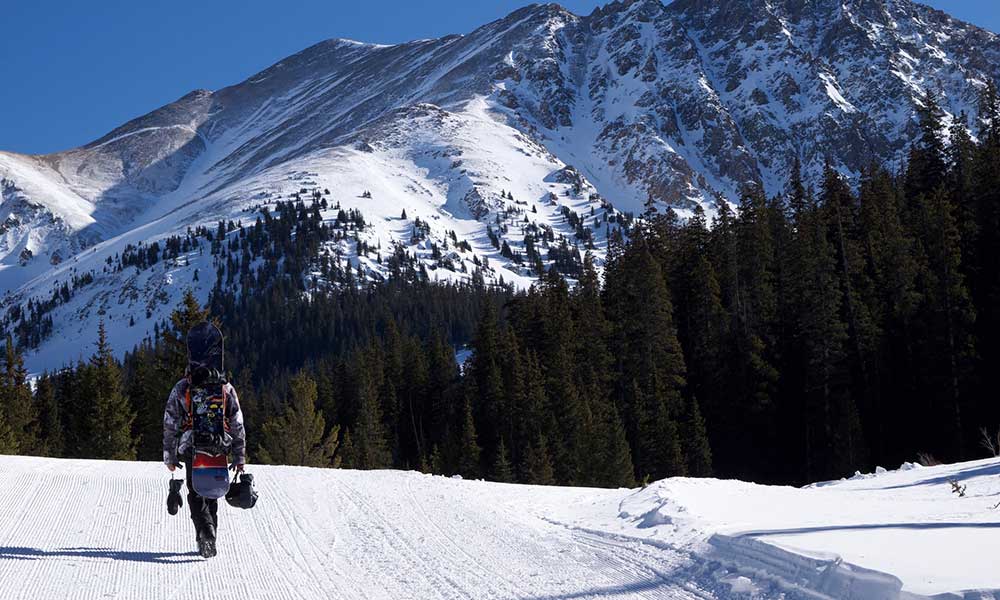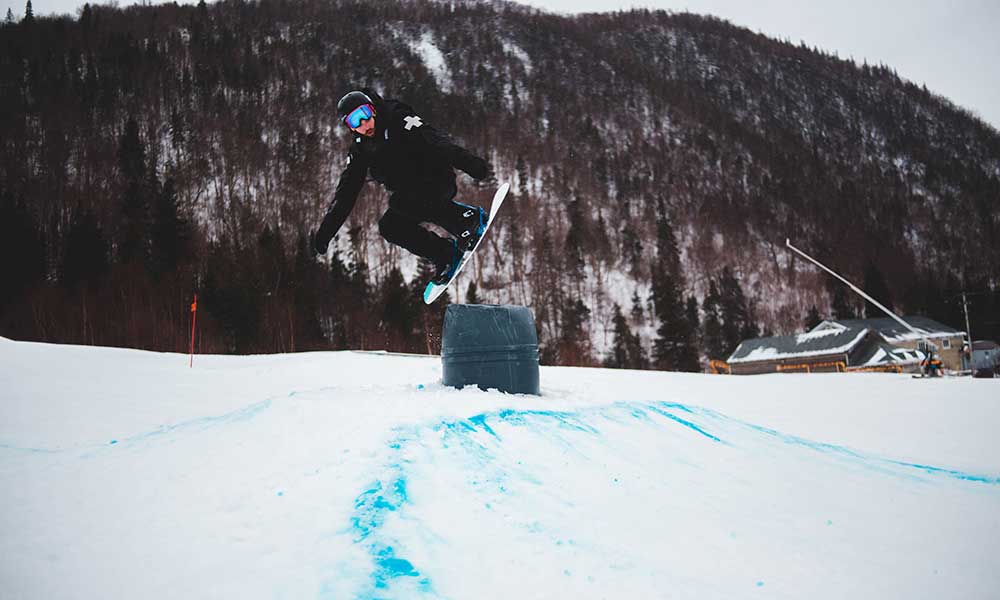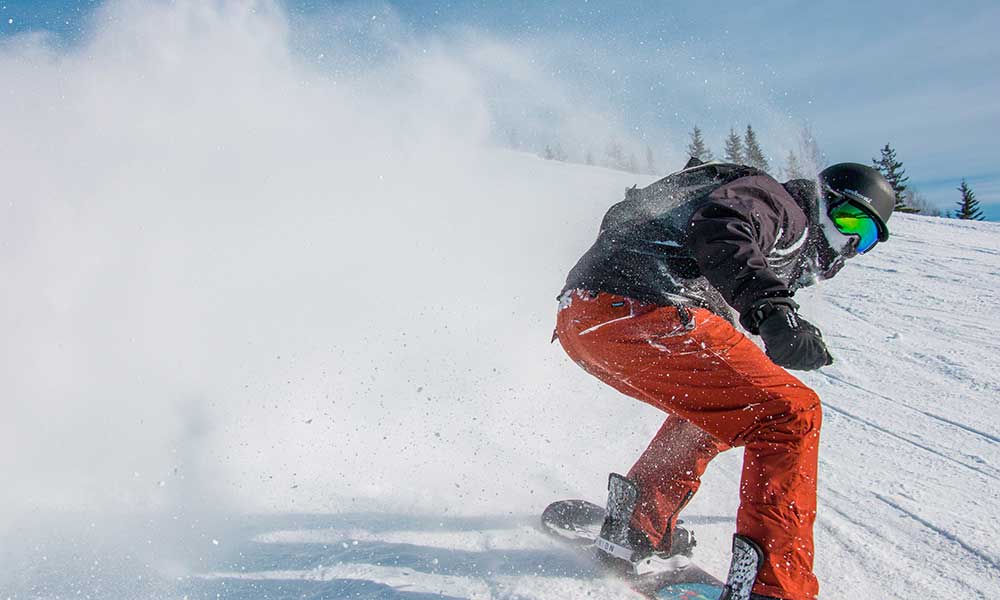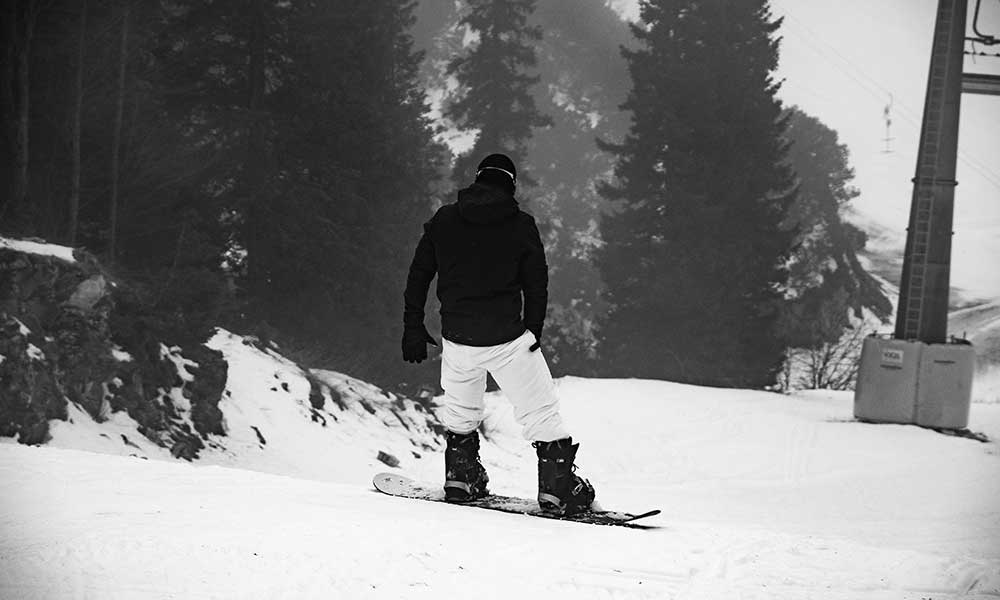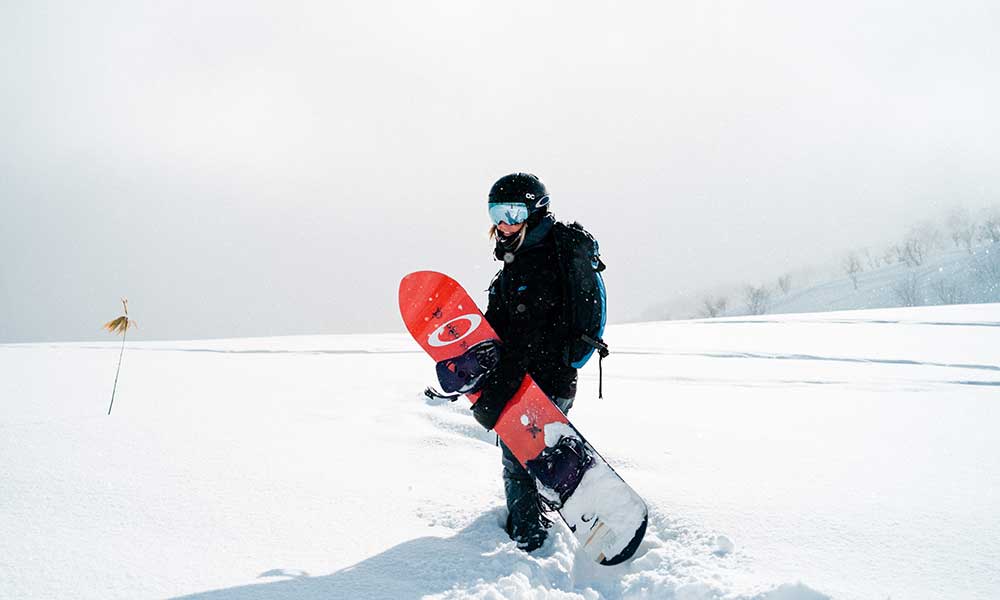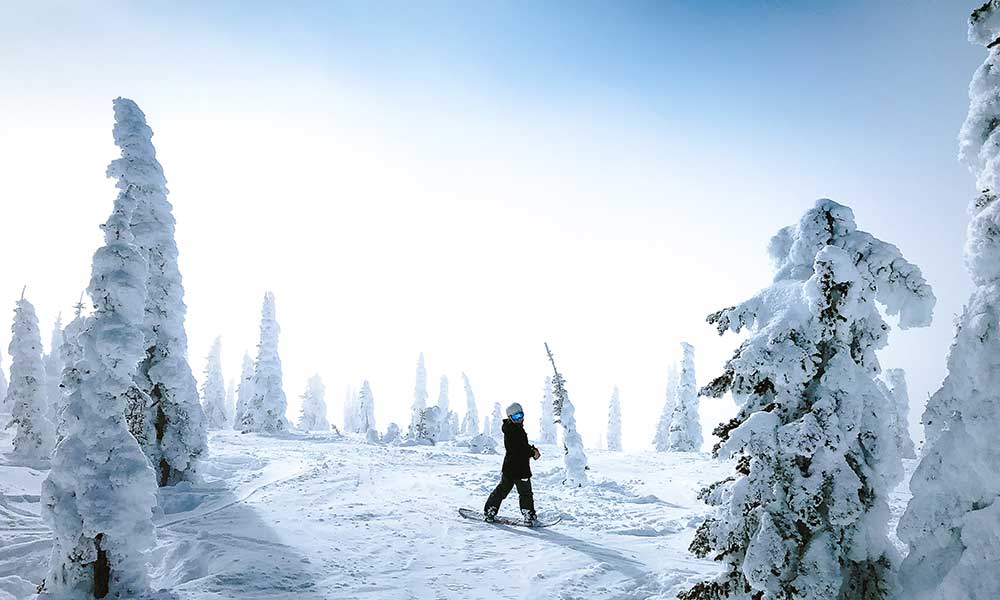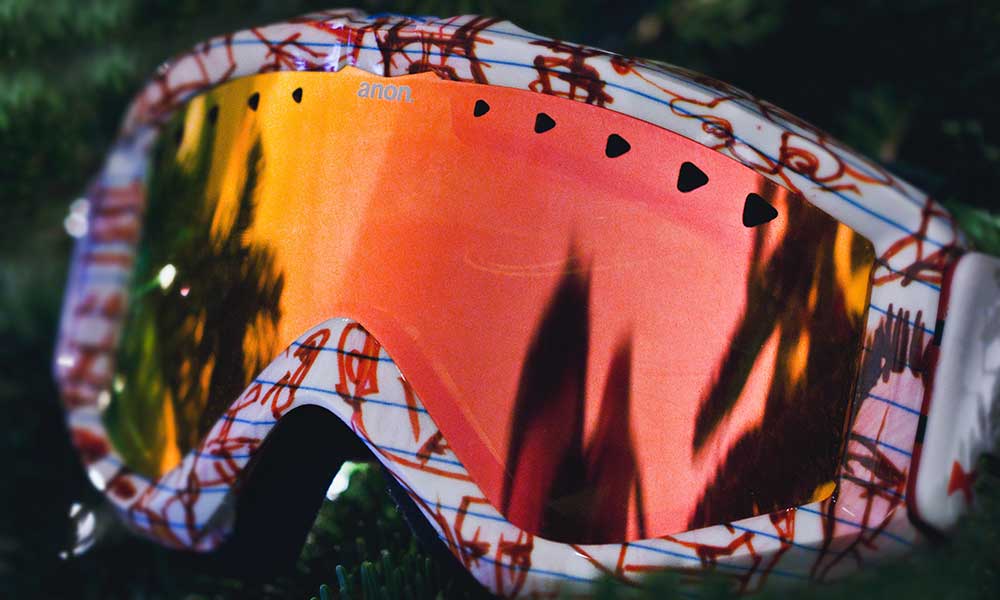Freeriding and all-mountain snowboarding are very similar, but there is a clear distinction between the two and it’s that distinction that we will cover here.
What is Freeride Snowboarding?
Freeriding is about tackling varied and extreme terrain.
It’s the backcountry, and they ride through chutes, trees, and anything that gets in their way.
A freeride boarder doesn’t think twice about riding switch or taking unusual lines over challenging slopes.
In simple terms, freeride snowboarding is about taking the paths less traveled, and so it’s not best-suited to beginners.
What is a Freeride Snowboard?
A freeride snowboard is often designed with speed in mind.
The flex is usually on the high side, making for a stiff snowboard, and many of them have a setback stance.
Freeride snowboards typically have a directional shape, as they are designed to speed downhill, and not to perform tricks and turns.
What is All-Mountain Snowboarding?
As the name suggests, all-mountain snowboarding is about exploring every inch of the mountain.
It’s freeing, and it’s very similar to freeride snowboarding, but it’s more focused on big slopes and varied riding.
What is an All-Mountain Snowboard?
All-mountain snowboards are usually quite flexible and are built to be versatile, making them suitable for beginners.
They have a slightly set back stance and a deeper side cut.
If you’re looking for a snowboard that can handle a bit of everything, you can’t go much wrong with an all-mountain snowboard.
What is the Difference Between an All-Mountain and Free Ride Snowboard?
The lines between all-mountain snowboards and freeride snowboards are very blurred, but you’ll notice the biggest difference in the flex.
The flex is basically the snowboard’s stiffness and it’s often rated on a score between 1 and 10.
The lower the number, the softer the flex.
An all-mountain snowboard typically has a flex of between 4 and 7 while a freeride snowboard is usually between 7 and 9.
The shape and length can also differ when it comes to all-mountain snowboards vs freeride snowboards, but personal preference plays a big role as well.

